Home > 3V Cord Cables
Our 3V cords are universally applied in devices such as: a. LED lighting: Small LED strips and string lights where 3V is used usually apply these cords for low-energy, safe functioning. b. Small Electronic Devices: Portable radios, remote controls, and other low-electricity electronic devices usually depend on 3V power cords. c. Decorative Items: Battery-operated decorative items, such as fairy lights and holiday decorations, apply 3V cords for efficient power usage in a frequent way. c. Battery Adapters: Devices that often require two AA or AAA batteries (which add up to 3 volts) may apply 3V cords as a battery alternative.
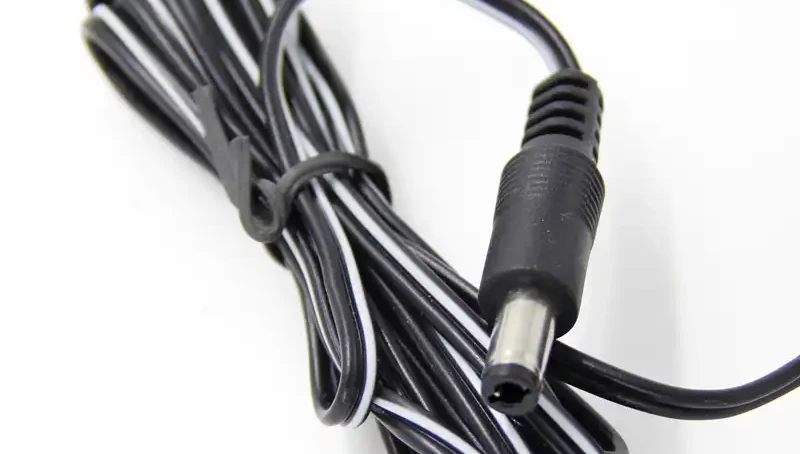
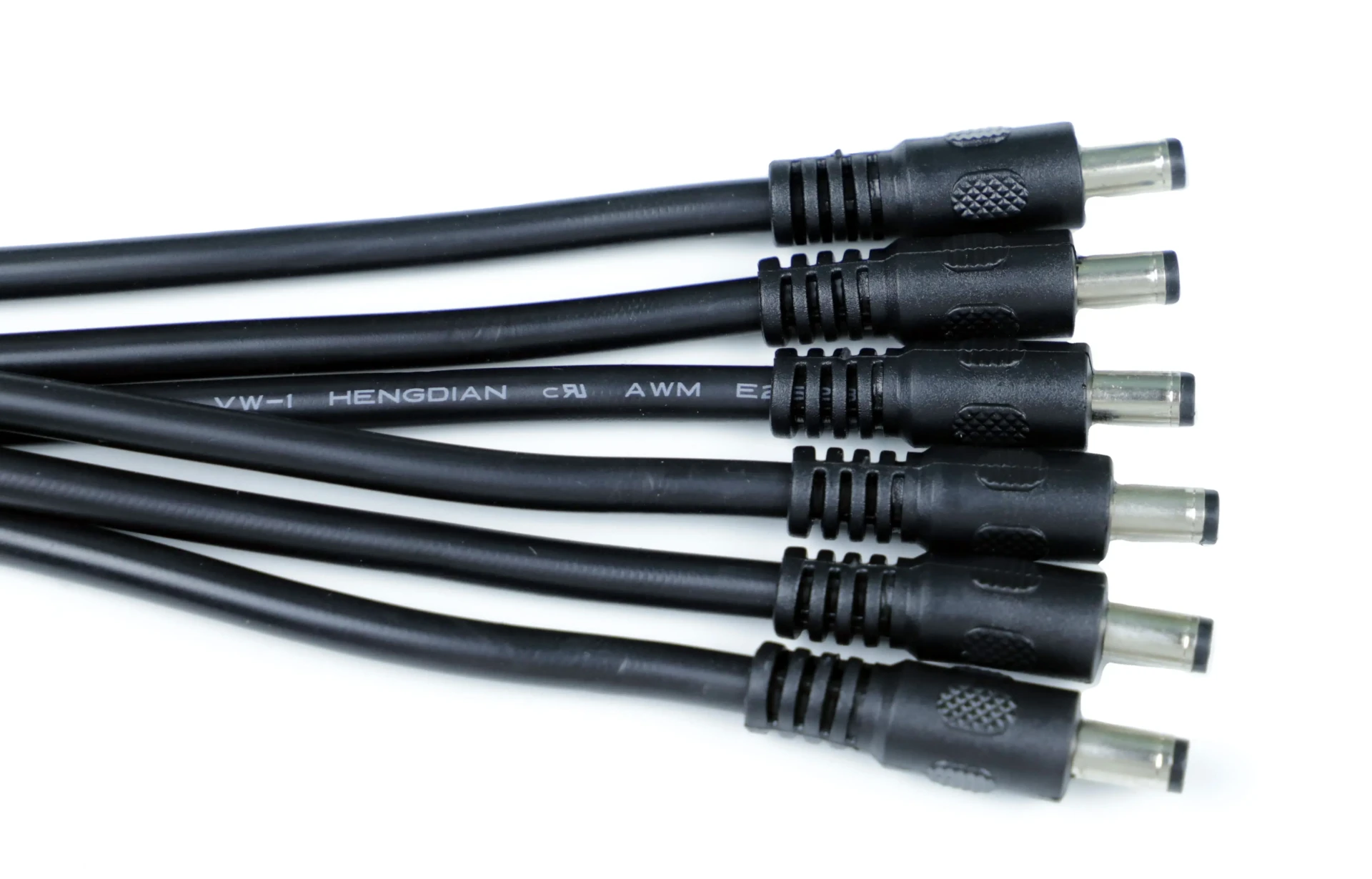
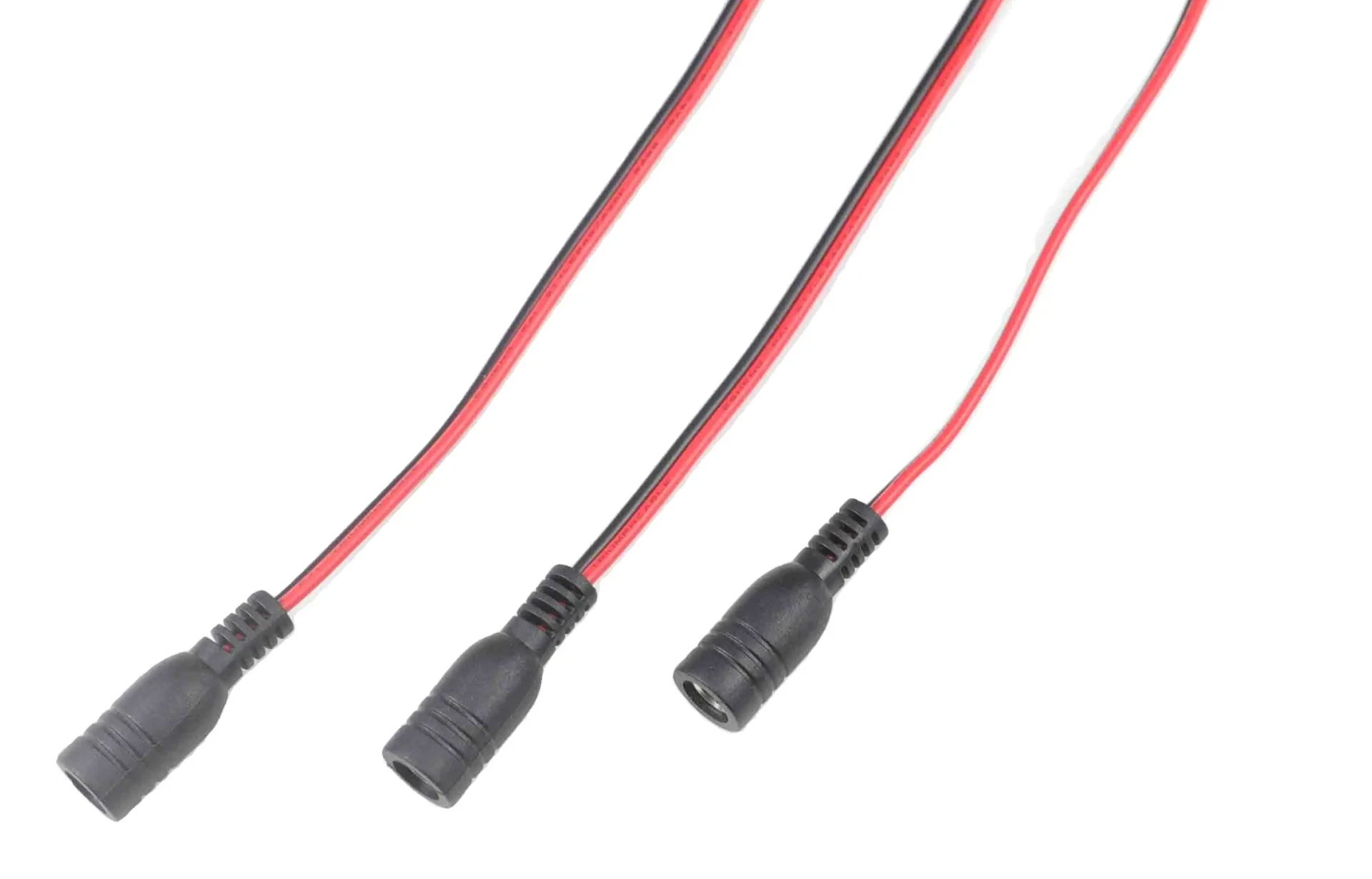
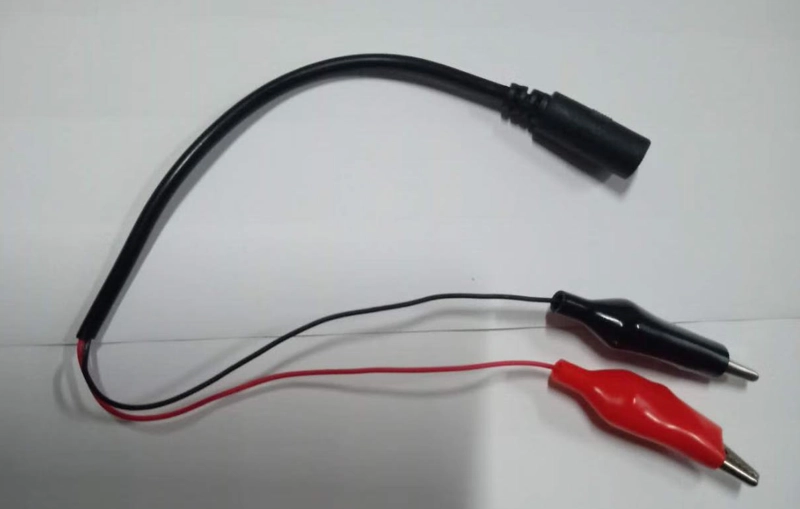
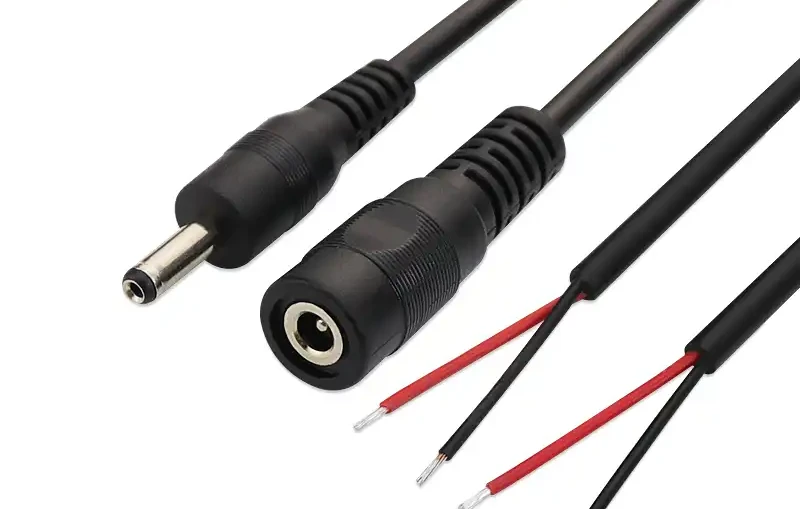
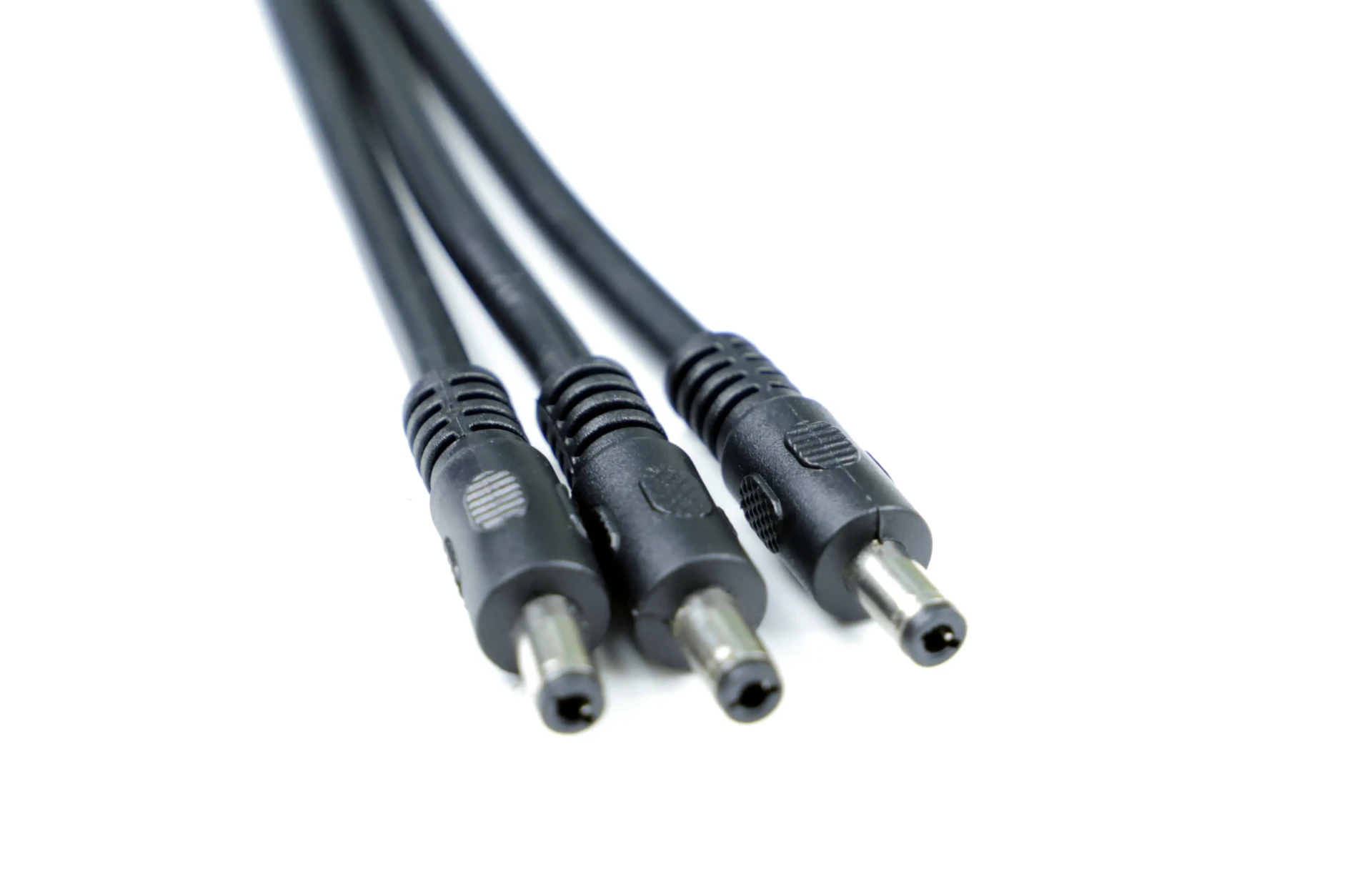
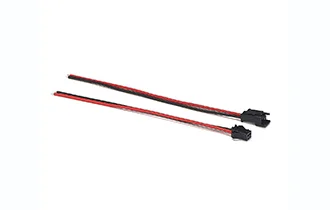
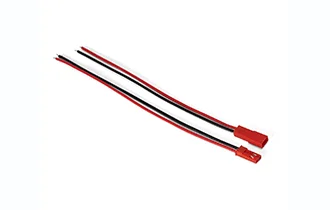
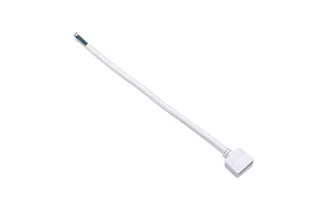
| ltem Name | Values |
|---|---|
| Color | White, Red, Black, Green, Transparent, etc. (Support Customization)) |
| Voltage | 3V |
| Conductor Material | Copper, Tinned copper |
| Insulation Material | PVC, Silicone |
| Max current | 0-12A(Based on customer's needs) |
| Rated Temperature | -40-80°C |
| Cable Length | Custom for your projects |
| Certification | CE, Rohs |
To link a 3V cord to equipment operated with batteries, the steps below should be followed
Common connectors for 3V cords include:
To confirm the lifespan of a 3V cord, the storage tips should be followed:
The following ways can help confirm compatibility with a 3V cord:
Yes, there are indeed some limitations when using a 3V cord:
Looking 3V Cords for Your Project? We Are Ready to Support You.
As a renowned cable harness solution provider giant VOCSON can ensure that your project is leading the industry, Choose us to provide wire harness products, and OEM or ODM services for you.